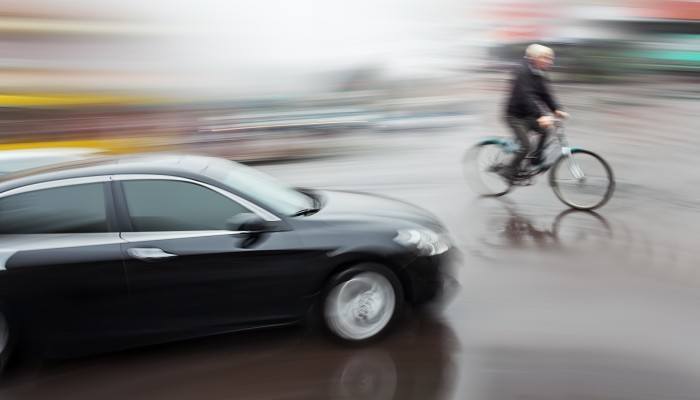
Keeping track of nearby cyclists is not always easy when driving, but a new patent by Google could be set to make worries about cyclist collisions a thing of the past.
As part of the search giant's self-driving car program, the new patent demonstrates technology that will identify a cyclist among other vehicles. It will also measure the cyclist’s body and detect if they make any indicating gestures – so that the car can adjust its speed and position in response.
The system will be sensitive enough to detect if the cyclist has indicated left or right.
The new patent provides more information about the system, basic details of which were announced last year.
An image of objects surrounding a car is built up using a range of cameras, radar and Lidar-based sensors.
The system takes in an image of what it thinks may be a cyclist and compares it to images of cyclists it has previously seen.
The technology calculates the distance between a cyclist's head and the pavement at various distances, as well as tracking its position on the road.
The patent states: "The computing device may be configured to determine other subsets relating to other aspects of the cyclist, such as one or more subsets indicative of a type of vehicle of the cyclist."
The cyclist-identifying technology moves towards solving one of the many small problems that driverless cars face in order to be road-safe.
Google has been in discussions with many of the world's top carmakers with a view to getting driverless cars on our roads by 2020.




